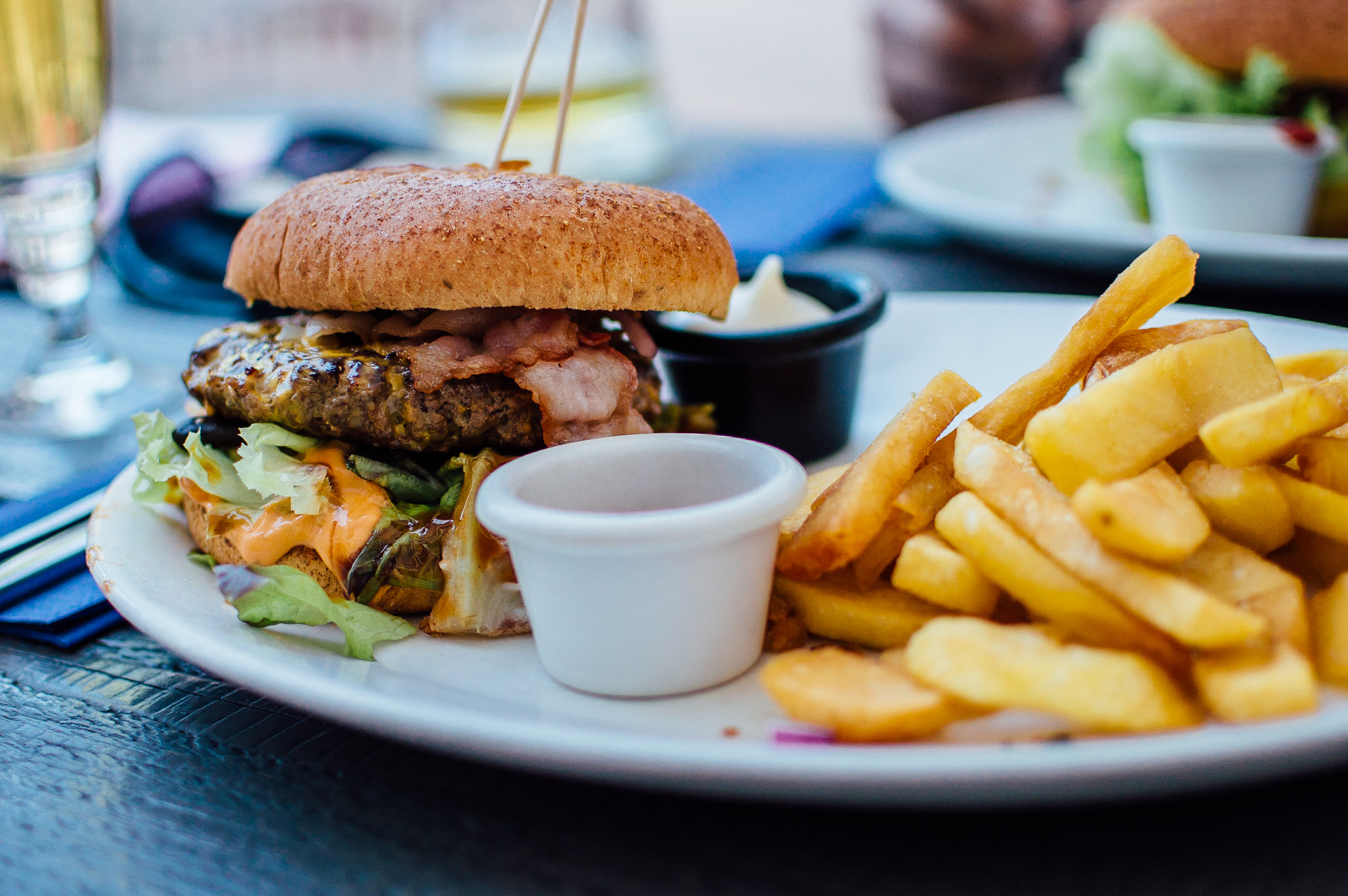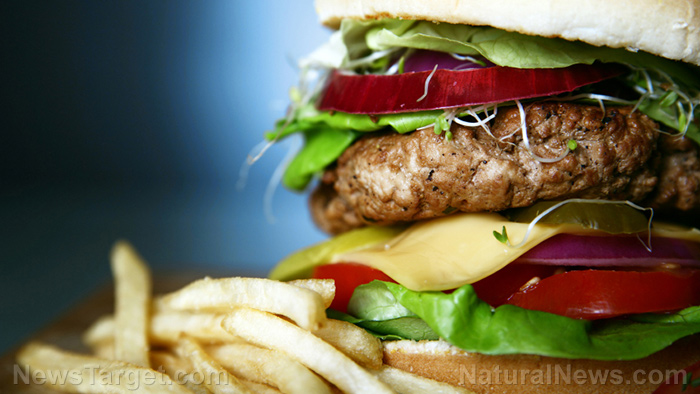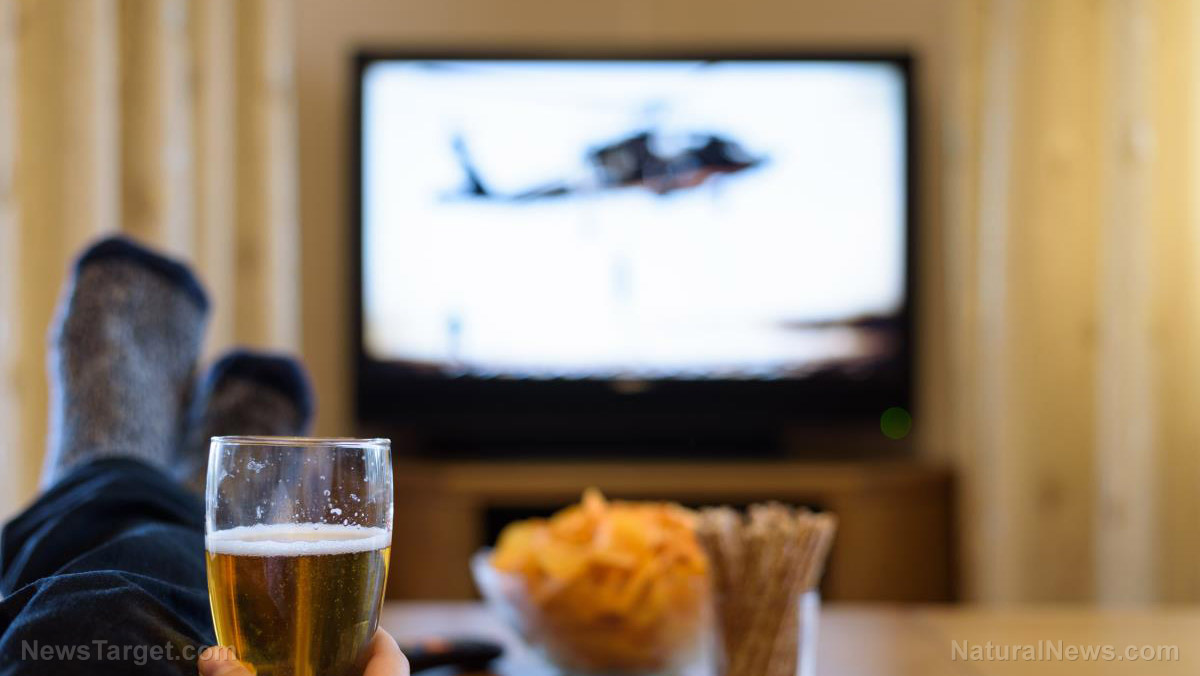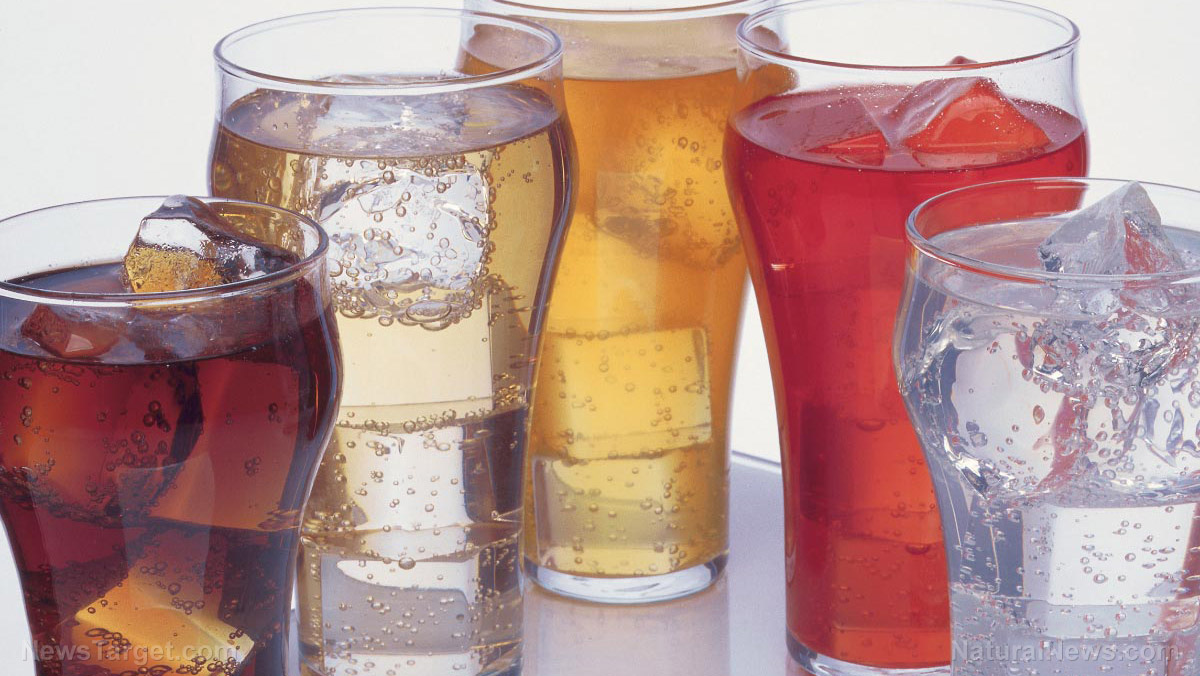Visual cues found to help people make better food choices
07/10/2018 / By Frances Bloomfield

People who look after their well-being usually choose healthy foods over unhealthy ones, but how do you get other people to do the same? According to a team of investigators from Stony Brook University, the answer isn’t the nutritional profile of food: It’s all down to visual cues.
“Improving the diets of less health-conscious individuals is particularly important but also challenging, given that they are not motivated to eat healthfully and associate healthy foods with less hedonic pleasure — a key driver for their food choices,” the authors wrote. “Our research suggests that one way to nudge people, especially low-health-conscious individuals, into making better decisions is not to highlight the healthfulness of healthy options, but rather to highlight the hedonic appeal of those healthy options.”
In order to arrive at this conclusion, the researchers conducted a two-part online study, which has been published in Food Quality and Preference. For the first portion, 193 men and women between the ages of 18 to 65 were recruited. They were randomly divided into two groups. The first group was shown a picture of fruit salad and its name, while the second group was only given the name and a description of the fruit salad.
For the next half of the study, the researchers enlisted 449 adult participants who were either shown a photograph or description of spiralized courgette pasta topped with cauliflower sauce and basil. Participants then ranked what they were given according to health or hedonic standards, and reported whether or not they would eat the meal based on the provided information or picture.
By the end of the study, the researchers discovered that the presentation format had no impact on the food choices of participants who identified themselves as health conscious. By contrast, low-health-conscious participants were more likely to choose a healthy food item if they perceived it as hedonically pleasing according to its image. (Related: Essential parenting hacks for the health-conscious parent.)
Although it was unclear why the participants reacted the way they did, the researchers believe that there may be a few possible explanations. One is that people who were health conscious were more familiar with the nutritional content of foods. The researchers noted this as a given since these participants’ primary motivation was to consume foods that adhered to their health goals. Another is that the use of photos made it easier for the participants to process information, which in turn lead them to rating it more positively.
With this, the researchers deduced that making use of photographs instead of text is better when it comes to relaying facts on healthy foods and behaviors. They added: “Our research has practical implications for increasing healthy behaviors among individuals who are generally not health conscious.”
It’s a visual world: The impact of imagery
This study falls in line with an earlier one from 2014. As per that research, visuals are absolutely essential to getting a message across for a good number of reasons, those being:
- Visuals are processed 60,000 times faster than text.
- People are able to retain images better: The majority of people are only able to retain 10 percent of what they hear and 20 percent of what they see, but absorb 80 percent of what they see and hear.
- About 40 percent of people have a better response to visual information than text without any accompanying imagery.
- More than half of people (65 percent, to be exact) are visual learners.
While the above information was intended largely for businesses, health advocates can take a page from it too. Connecting with your audience is the first step to guiding them towards making the decisions you want them to opt for. And if your goal is to help people choose healthier foods, then applying visual flair is the way to go.
For more news about healthy food choices and the like, visit Health.news today.
Sources include:
Tagged Under: food, health consciousness, healthy diet, making better food choices, nutrition, research, visual learning




















